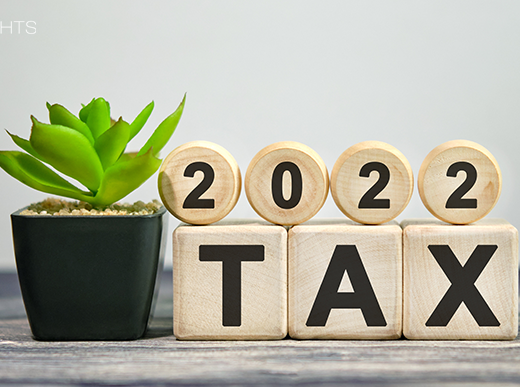If you are a business partner, S corporation shareholder, or an investor in a limited partnership and certain ETFs, there’s a possibility you will receive a Schedule K-1 document. Read more to learn what a Schedule K-1 one is, and if you might be issued one during the tax filing season.
What is a Schedule K-1?
A Schedule K-1 is a federal tax document used to report the income, losses, and dividends for business’ or financial entity’s partners, or an S corporation shareholder. The document is also used to report income distributions from trusts and estates to beneficiaries, and it’s prepared for each relevant individual (partner, shareholder, or beneficiary).1
How does it work?
Through U.S. federal tax code, pass-through strategies are acceptable in certain instances to which tax liabilities shift from the entity to the individuals who have an interest in it. The entity itself pays no taxes on earnings or income. Instead, any payouts and the taxes associated with them pass through directly to the stakeholders. This is where Schedule K-1 comes in.1
Schedule K-1 reports the division of earnings to each partner for taxation purposes and must be completed individually. If partners choose to reinvest their earnings back into the business, no earnings will be reported on the K-1. Partners can indicate any losses that occurred over the tax year on the K-1 and carry the amount forward until a year of profit for a future tax deduction.2
For example, a partnership makes losses of $60,000 each year for the first two years of operations. In the third year, it makes a profit of $150,000. Therefore, the partnership makes no tax payments on the first two years of losses. For the positive year (third year), the partnership is taxed on [$150,000 – ($60,000 x 2)] = $30,000. As mentioned, the earnings amount is then split between the partners and taxed at their individual income tax brackets.2
Schedule K-1 is similar to Form 1099, in that it reports dividends, interest, and other annual returns from an investment. The difference between the two forms is dependent on the investment.
Who recieves a Schedule K-1?
Schedule K-1s are issued annually, and the participants in these investments or enterprises use the figures on the document to compute their income and the tax due on it.3
Among those likely to receive a Schedule K-1 are:
- Partners in limited liability corporations (LLCs), limited liability partnerships (LLPs), or other business partnerships
- S Corporation Shareholders
- Investors in Limited Partnerships (LPs) or master limited partnerships (MLPs)
- Investors in certain exchange-traded funds (ETFs)
- Trust or estate beneficiaries
Connect with a financial professional this tax season to determine if you should expect to receive a Schedule K-1 and the proper actions to take.
Source
- Investopedia.com, August 20, 2022. https://www.investopedia.com/terms/s/schedule-k-1.asp.
- Corporate Finance Institute, January 6, 2023. https://corporatefinanceinstitute.com/resources/accounting/schedule-k-1/.
- IRS.com, 2022. https://www.irs.gov/instructions/i1065sk1.




